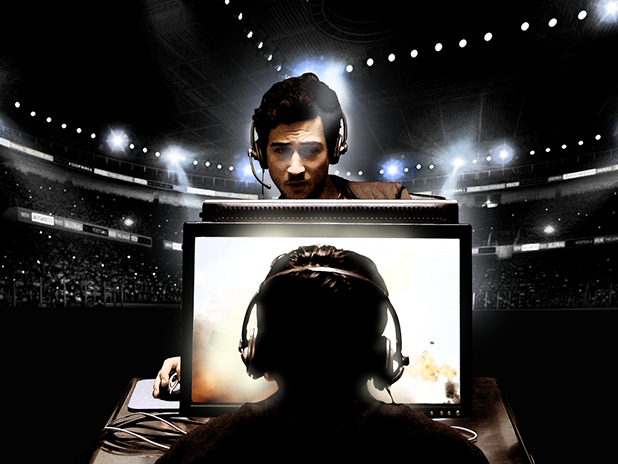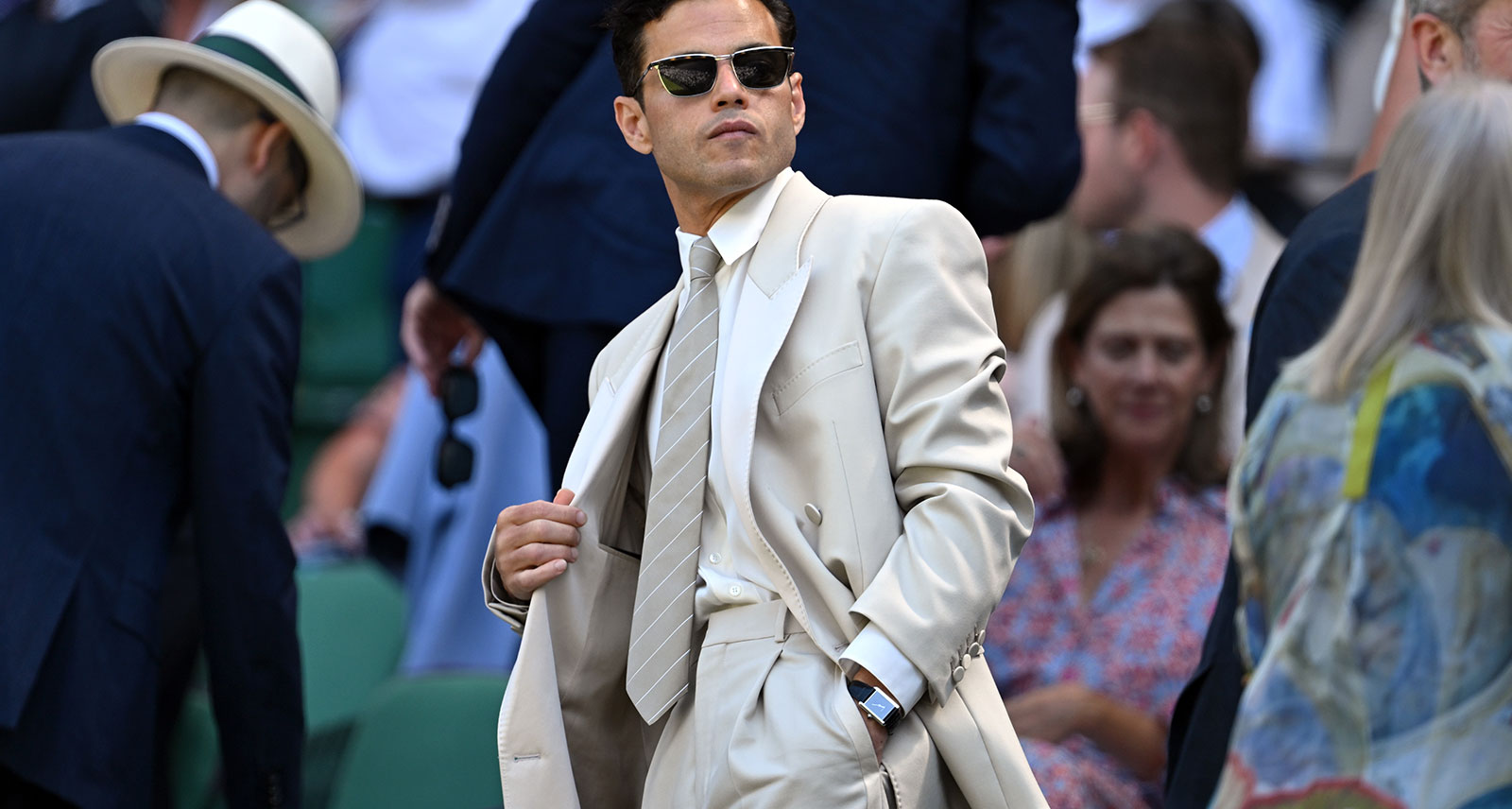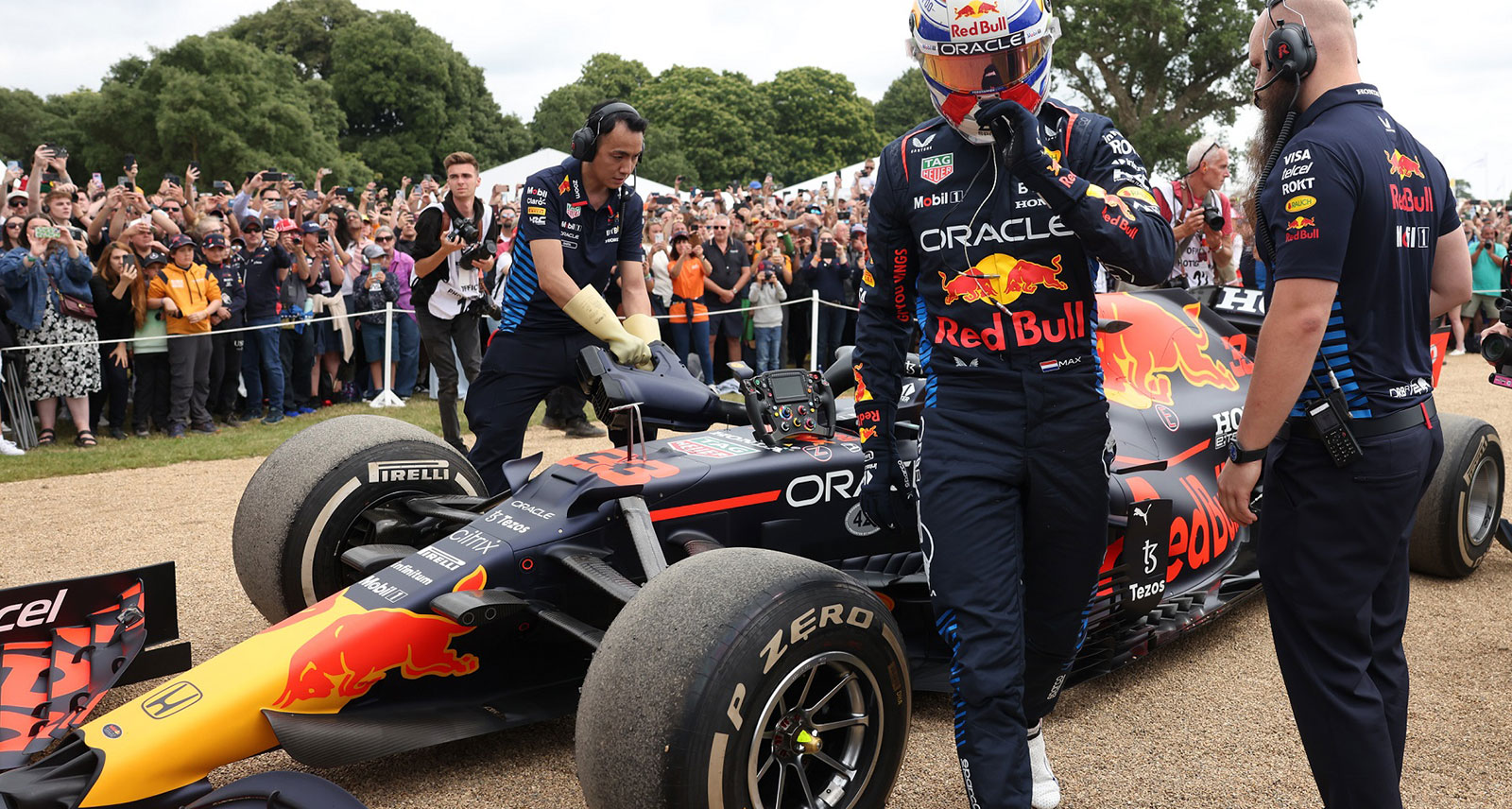Will Watching Other People Play Video Games Become The Next Big Spectator Sport?
The game that’s either the future of professional spectator sports or a silly pastime for weedy, basement-dwelling nerds or — who knows? — probably both, begins the same way every other commercial sport does: with dimmed lights, a thumping soundtrack, and a carefully engineered crescendo of pre-game hype that is absurd and stupid and totally enthralling.
“FIVE, FOUR, THREE, TWO, ONE,” the crowd chanted, clapping their thundersticks in time as the clock on the big screen counted us down. “Laaaadies and gentlemen,” the announcer rumbled over the din. “These are your World Championship Series Premier League season two finalists!”
The stage at the Metro Toronto Convention Centre exploded in light, mini-spotlights wheeling around drunkenly through the dry ice haze to indicate MAXIMUM EXCITEMENT, as two skinny gamers stepped forward to awkwardly accept the adulation of the crowd. Shin Dong Won, a Korean 23-year-old who plays under the name “Hydra,” was facing off against David Moschetto, a 20-year-old Frenchman who goes by “Lilbow.” The two finalists smiled, pleased but bashful, shifting their weight from foot to foot—a pair of introvert birthday boys caught in the moment after the lights come on at a surprise party.
How can something be a “sport” if its grand champion is a skinny Korean who looks like he rarely sees the sun?
I was at the Metro Toronto Convention Centre on a rainy summer Sunday for the finals of the StarCraft II World Championship Series, a tournament held before thousands of screaming fans in a darkened cavern of a room that had been made over to resemble some combination of a WWE wrestling arena and the set of Who Wants to Be a Millionaire? Many more watched from home, where the tournament was being broadcast live around the world.
On a raised stage, two plexiglass-fronted pods held the athletes—eyes forward, strapped into sound-cancelling headphones, hands on mouse and keyboard. The real action happened on the three enormous screens behind them, where their vast armies of brightly coloured aliens and futuristic humans did battle.
I’d come because, after years of ignorance, I was curious about the world of eSports. Competitive gaming has been around for two decades, but in recent years it has exploded so far out of its niche market that it has forced the mainstream to pay attention.
According to market research firm Newzoo, 205 million people watched or played eSports in 2014. Games like Defense of the Ancients and League of Legends (multiplayer online battle arena games or MOBAs), have blown up, with multimillion-dollar championship pots and rabid fans who flock online to watch the best gamers do battle. Last year’s League of Legends championship sold out Sangram Stadium in South Korea, the same stadium that hosted the World Cup. Online, it drew in almost 30 million viewers, more than the 2014 NBA or MLB finals.
StarCraft is the original eSport. It’s a real-time strategy game in which players mine minerals, build an economy and then use that economy to try to destroy their opponent. It’s like chess, except the board changes after every round, you have to manually control the pieces in combat, and teenagers really love playing it. Despite being called the “World Championship,” the tournament in Toronto was just the minor leagues compared to tournament in South Korea, eSports spiritual home, where there are two TV channels entirely devoted to professional StarCraft.
In September 2014, Amazon purchased the videogame broadcasting website Twitch for almost a billion dollars. Shortly after, ESPN president John Skipper was asked about eSports. “It’s not a sport,” he said. He compared to “competitions” like chess or checkers. “Mostly, I’m interested in doing real sports.”










